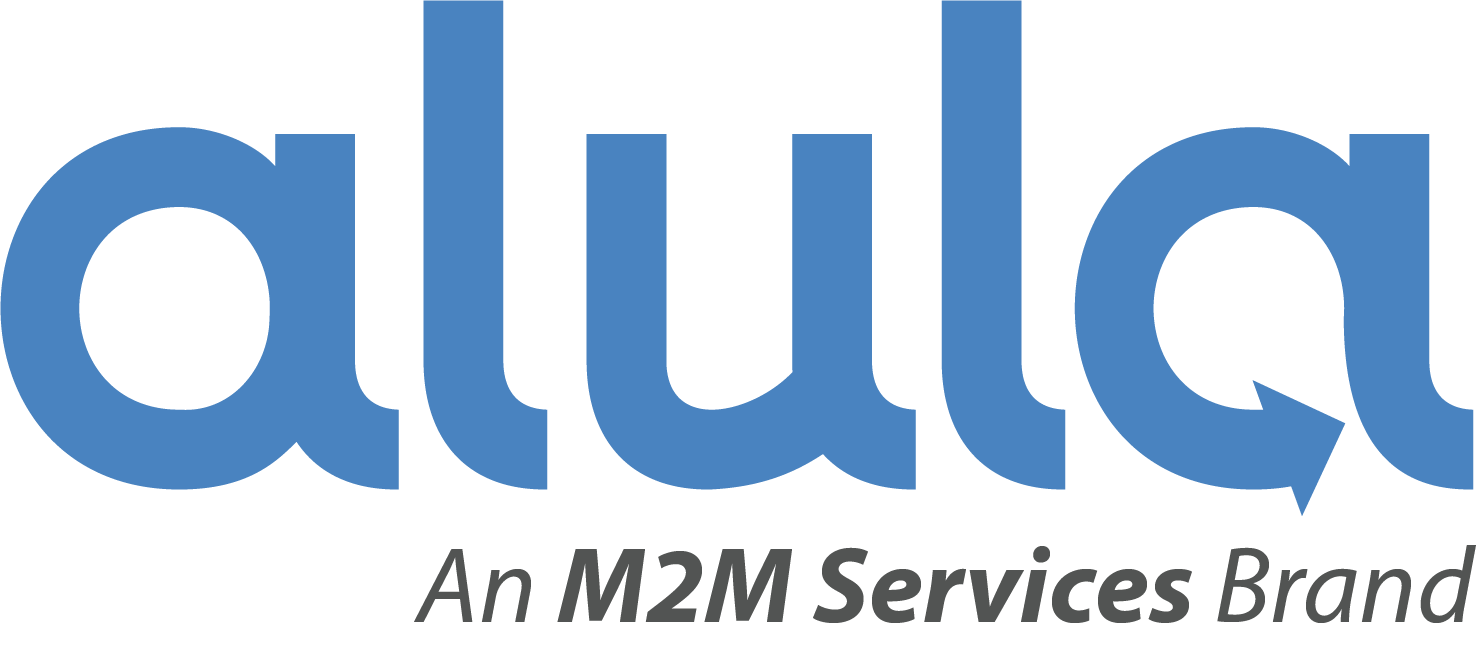Why It Should Be Left to the Pros
According to the Statistics Portal, approximately 16.2 billion dollars were spent in 2017 on the purchase of video surveillance equipment worldwide. Each year, more customers are opting for DIY video surveillance solutions to adequately protect their homes. A recent study by Home Advisor found that the typical cost of installing security cameras ranged from $742 – $2,152. As your DIY customers continue to invest in home video surveillance systems, you should proactively educate them on their vulnerability to hackers. Educated customers make more informed decisions, which leads to better results in home security.
It is important to share the grim reality with your customers that their video surveillance cameras can be easily hacked if not well-protected. Internet protocol (IP) cameras are connected online and are highly susceptible to hacking. If an adequate security protocol is not implemented, hackers can penetrate home security cameras, cell phones, laptops, baby monitors, gaming consoles, and other smart devices.
Remind your DIY customers that all IP cameras need viable protection from cybersecurity threats. You don’t want your customers living under a false sense of security. Our Cloud Video Platform is designed to keep hackers from penetrating your customer’s security system. As a security professional, you can ensure that your DIY customer’s video surveillance system can stand up to high-tech hackers.
Consistent Updates
Video surveillance system software must be consistently updated to ensure optimized performance. When the software is not adequately updated, it is more vulnerable to hacking attacks. You can advise your DIY installer to run any firmware updates from the manufacturer of the camera and all included hardware. Many cutting-edge surveillance systems have integrated regular software updates.
Adequate Administration
Your customers can be protected from hacking attacks by maintaining adequate administration of the system. As a security professional, you can become the system administrator for your customer’s surveillance system. Adequate administration includes consistent configuration, optimizing network security, and completing security risk assessments. You can also advise your customer on the various administration protocols so they can complete the necessary tasks if so desired.
Secure the Network
The wireless security network that the surveillance system is connected to must be secure. As the security professional, you can configure the wireless router. Inform your customer that the Wired Equivalent Privacy (WEP) encryption protecting the network is easily accessible to hackers. You can change the default settings on the wireless router for the IP address to enhanced encryption with Wi-Fi Protected Access 2 (WPA2).
Advise your customers that WPA2 and WPA2-PSK (Pre Shared Key) encryption is still hackable. However, they can establish unique network passwords and network names (SSIDs). Inform customers of the value of choosing an arbitrary password. That is a highly effective way to deter hackers from accessing the network and hacking IP cameras and hardware. A surveillance system with integrated encryption techniques, such as jamming-device recognition, is an excellent defense against hackers.
As the security professional, you can take these action steps to help your DIY installers mount a superior defense against savvy hackers. So, basically, you want to create a secure network, employ an effective administration protocol, and ensure consistent software and firmware updates are completed.
